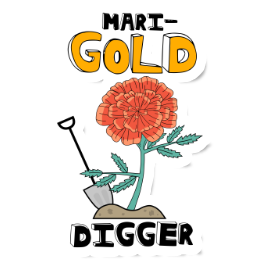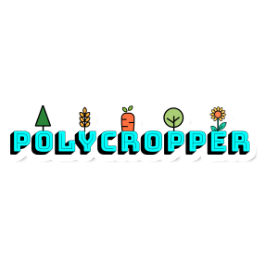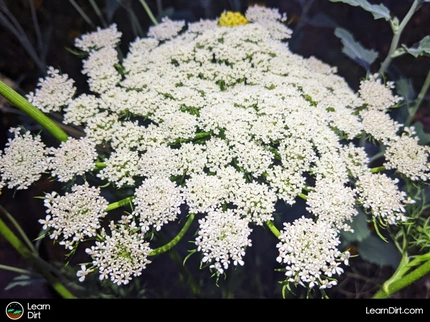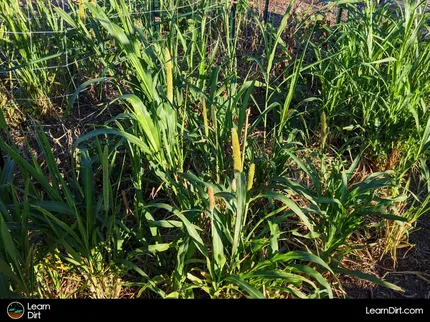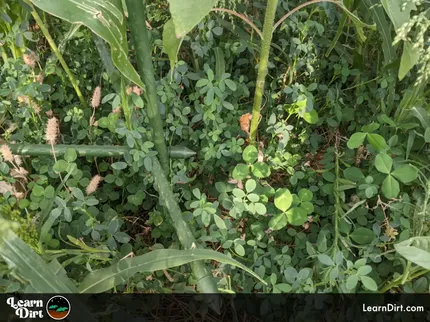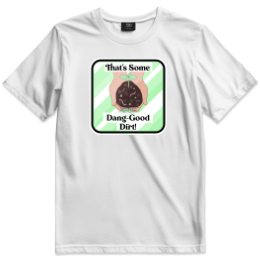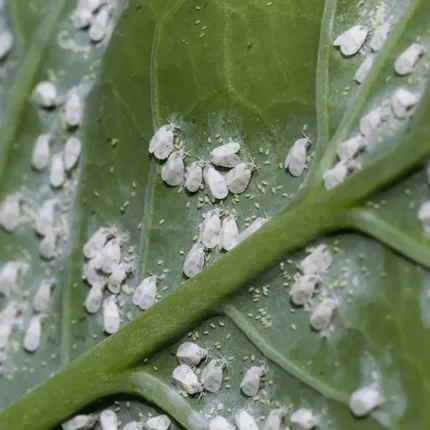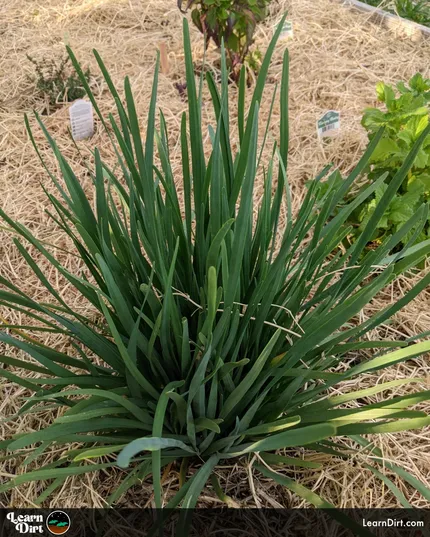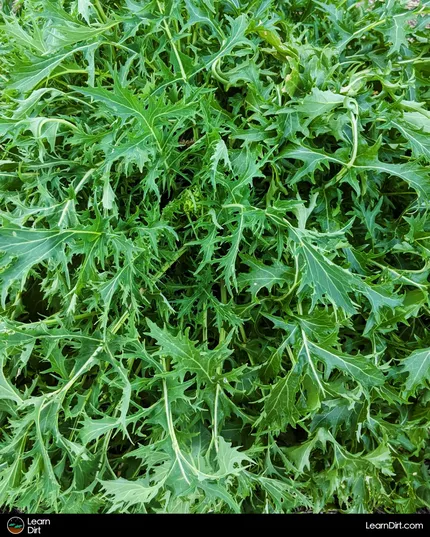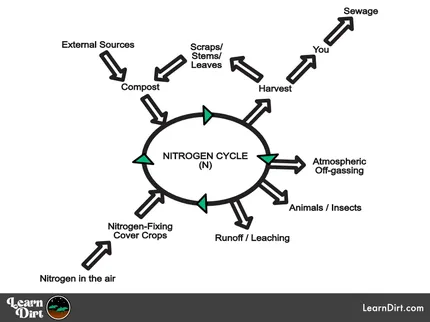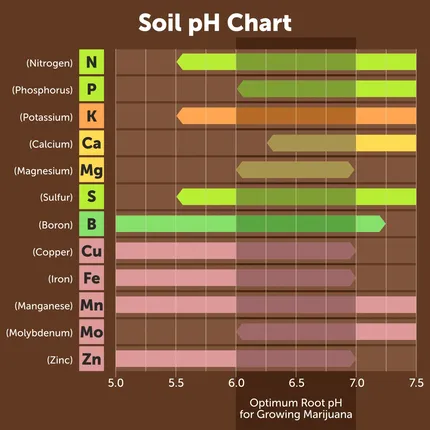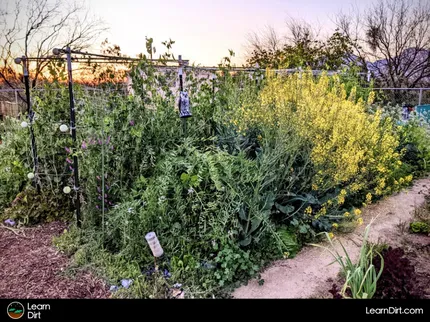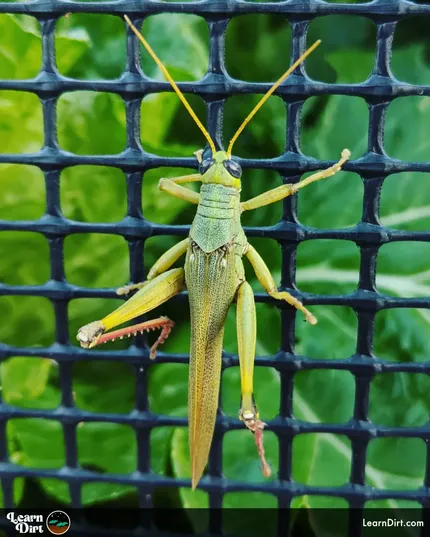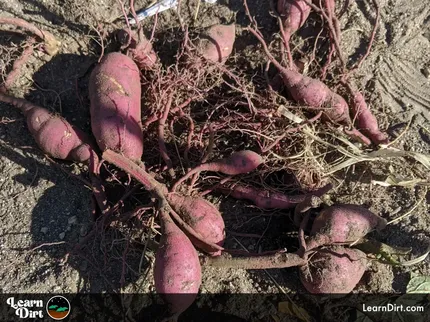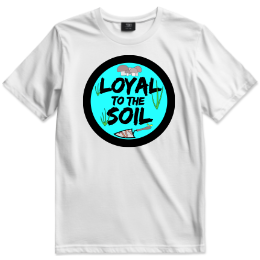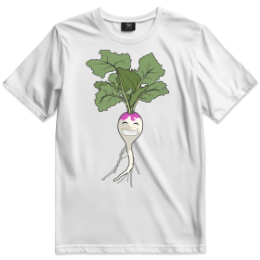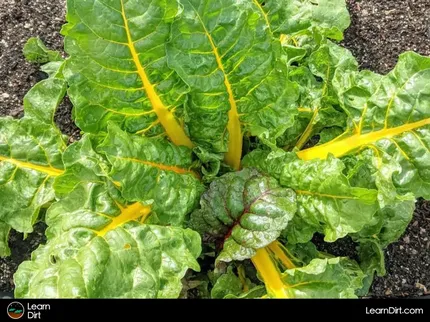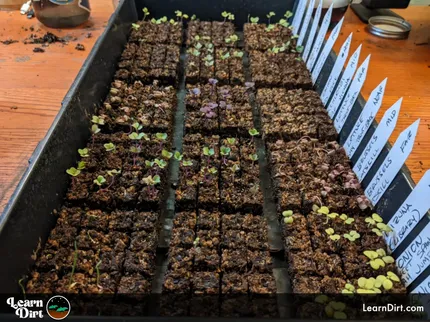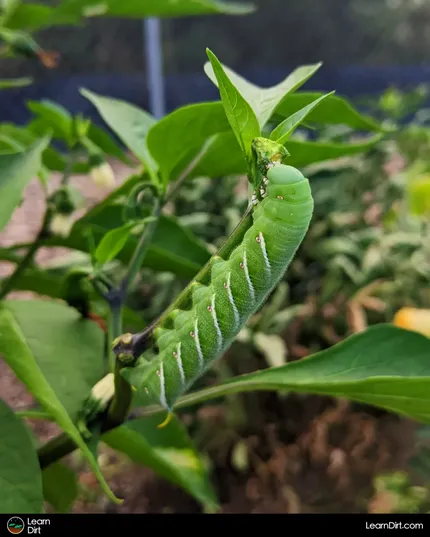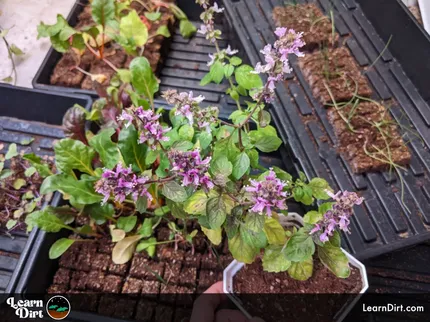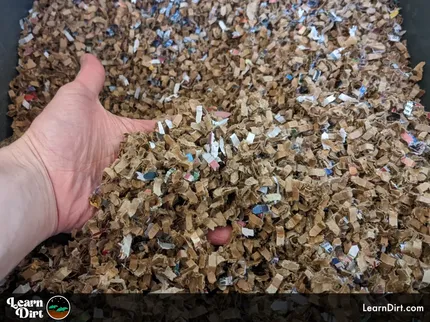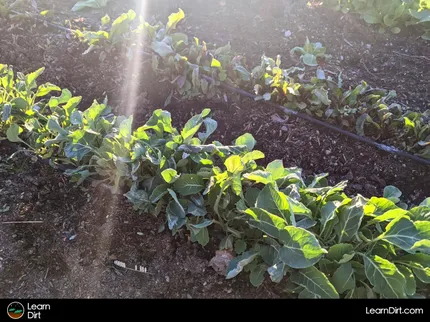Table of Contents
- What Is Tillage?
- No-Till
* Our articles never contain AI-generated slop *
If you've heard about no-till gardening or 'no-dig' and are wondering what the hype is about, read on.
Low-till or no-till methods are becoming more popular than ever, and for very good reason.
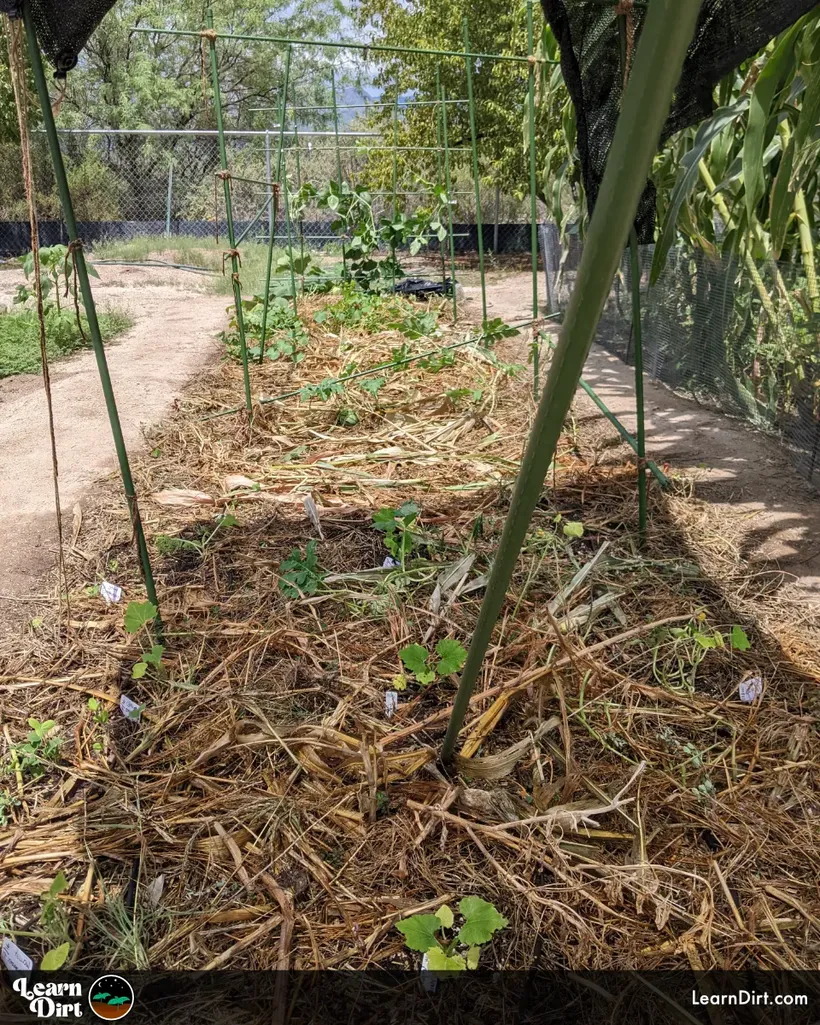
Advancements in soil science and microscopy over the past century have taught us an immense amount about soil health and ecology.
Disclaimer: This post may contain affiliate links. Refer to the privacy policy for more information.
Many of these advancements have pointed gardeners and farmers towards a lower tillage approach to agriculture which is reaping huge benefits.
What Is Tillage?
Tillage is estimated to stem back at least 3,000 years, to the earliest plows we've unearthed (pun intended)
Conventional tillage entails some form of mechanical agitation of the soil, usually with a plow or a cultivator.
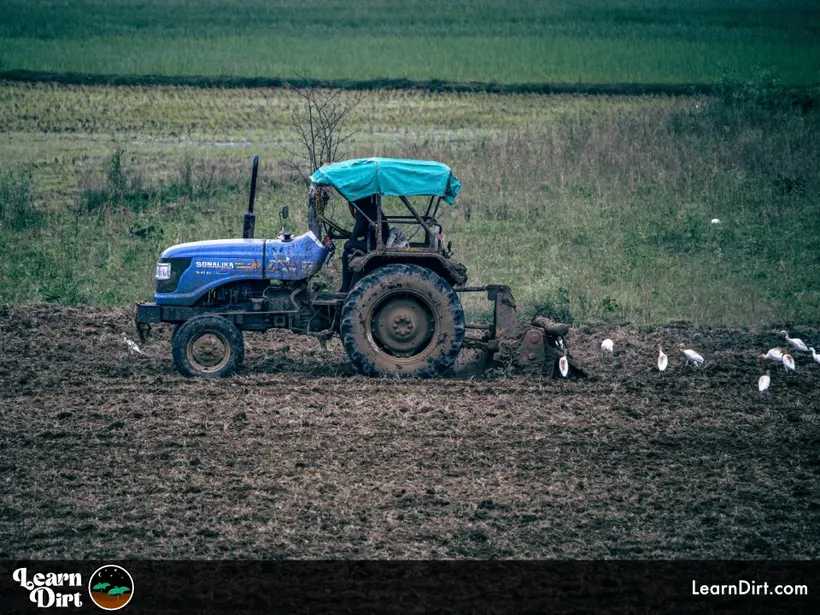
Why Is Soil Tilled?
In oldschool organic agriculture, plowing was intended to help incorporate crop residues and animal manure into the soil.
Conventional chemical farming rarely ever has these residues, but its abusive approach to soil management means turning over soil may give temporary access to the last of the depleting nutrients in almost-dead soils.
Problems With Tilling
- Tillage causes substantial soil disturbance.
- Leads to erosion
- Extremely damaging to soil microbiome
- Causes volatilization of key nutrients like nitrogen
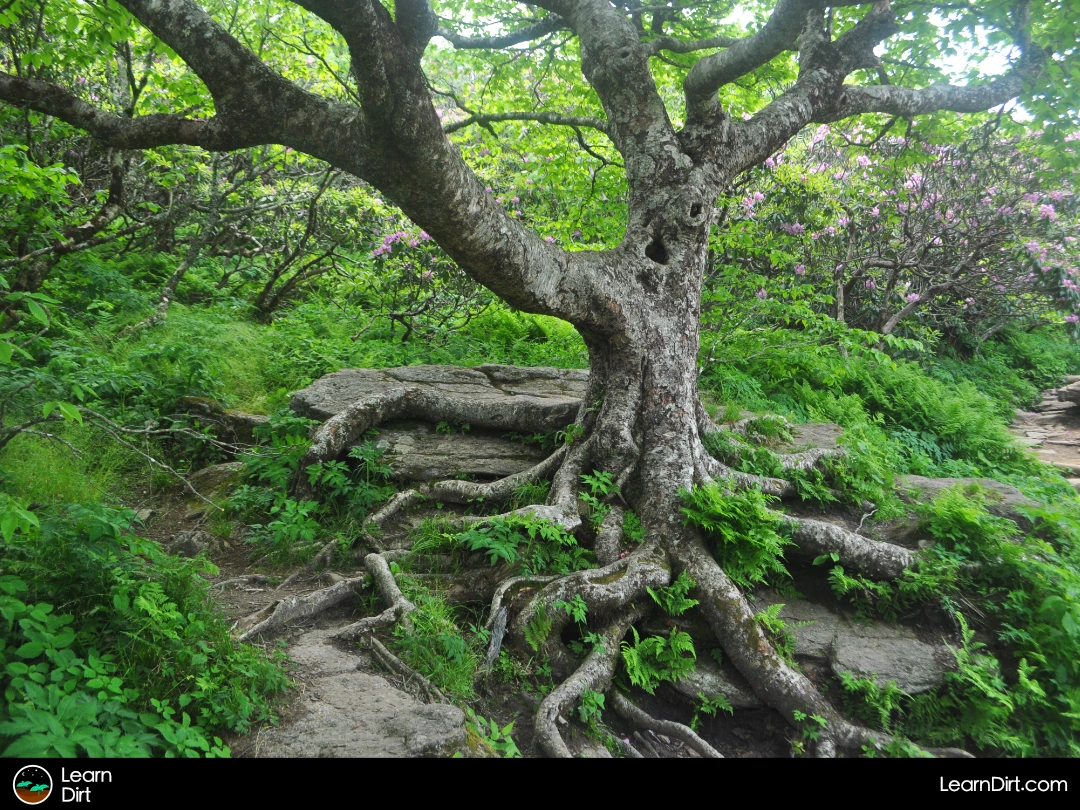
No-Till
No-till and minimum tillage are both more effective and more holistic mindsets, which put soil structure and microbiome health at the forefront of land usage decisions.
Join The Grower's Community
Your space to connect, learn, and belong 🌱
Check It Out!
"No-till" is a broad name for low till, no till, and minimal tillage land management. It's also commonly called "no-dig" gardening.
In the no till approach, soil is never turned over nor cultivated down more than a couple of inches. Subsoil layers are always left where they are and never exposed. Minimal disturbance is the key.
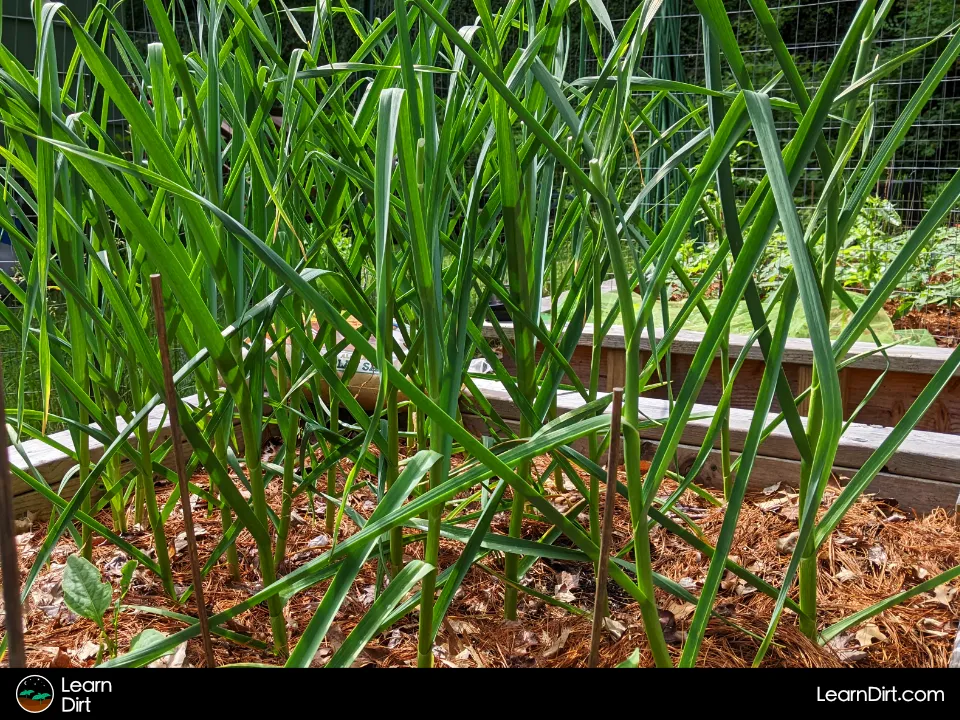
Picture, if you will, a pristine forest - the environment where the best soils on Earth are created by nature.
Now imagine plows and disc cultivators rolling in and ripping up all that topsoil. Insects by the billions decimated. Delicate root fibers and mycelial networks torn apart. Porous soil structures collapsed. Everything holding the soil in place, shredded.
Do you think that forest ecosystem and it's soil microbiome would benefit from cultivation? Should a plow be run through the forest to improve its soils?
How do those natural forest soils compare to the soils on the average convention corn or soybean field where heavy tillage is utilized?
Benefits of No-Till Agriculture
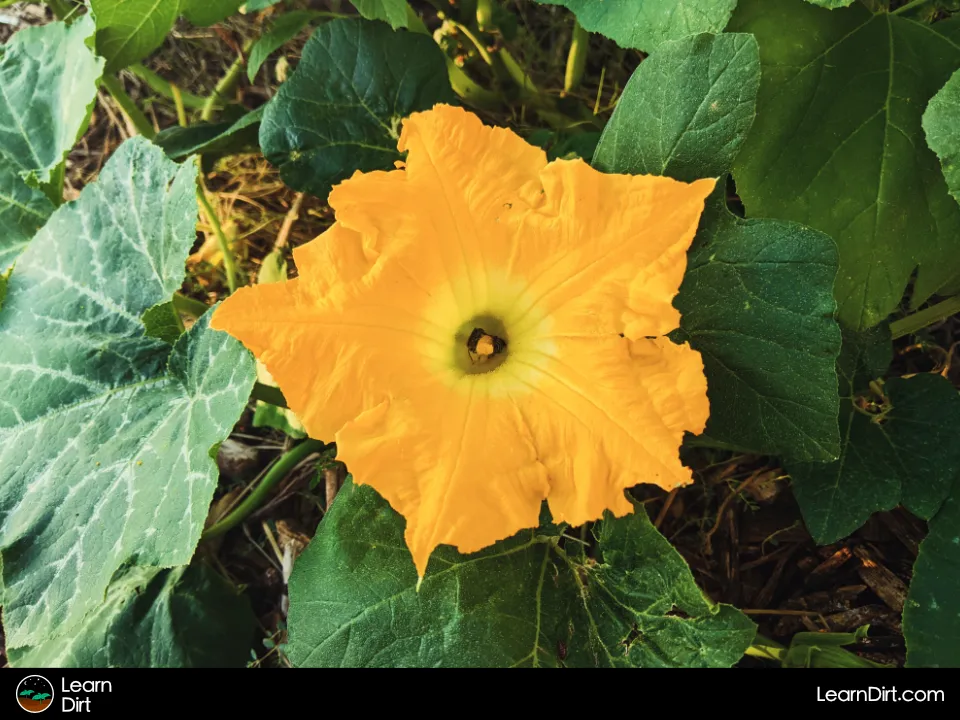
Preserve & Enhance Soil Microbiome
Many life-forms living in the soil colonive plant roots - such as mycorrhizal fungi and rhizobium.
These roots provide housing while facilitating the exchange of nutrients, water, and even signalling between plants.
If you pull plants out by the root at the end of each season, you'll disrupt some of this important underground growth, removing both their housing and a food source for decomposers.
You'll also disturb the delicate soil microbiome, possibly exposing some UV-sensitive critters to sunlight, such as beneficial nematodes.
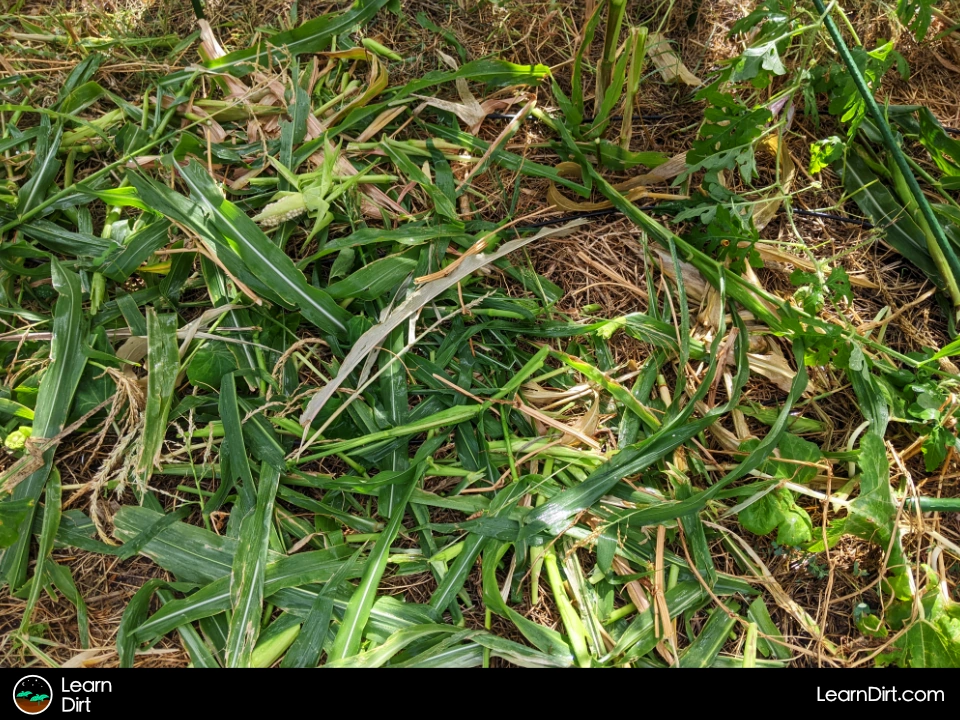
Maintain Crucial Soil Structure
Leaving plant roots behind by chopping down old plants at the soil level means that rainwater can trickle down the roots (adhesion) - finding quick and easy paths to infiltrate deep into the soil.
Check out our article about soil structure to learn more about why this is so important.
Reduce Erosion & Nutrient Loss
One incredibly important side-effect of having proper soil structure is that it's replete with air pockets which can absorb massive amounts af water when it rains - rather than eroding away.
Both living and decomposing roots bind soils together, further reducing erosion.
Erosion control is one more reason not to pull plants up by the roots, and not to till soil and break up everything that holds it tegether.
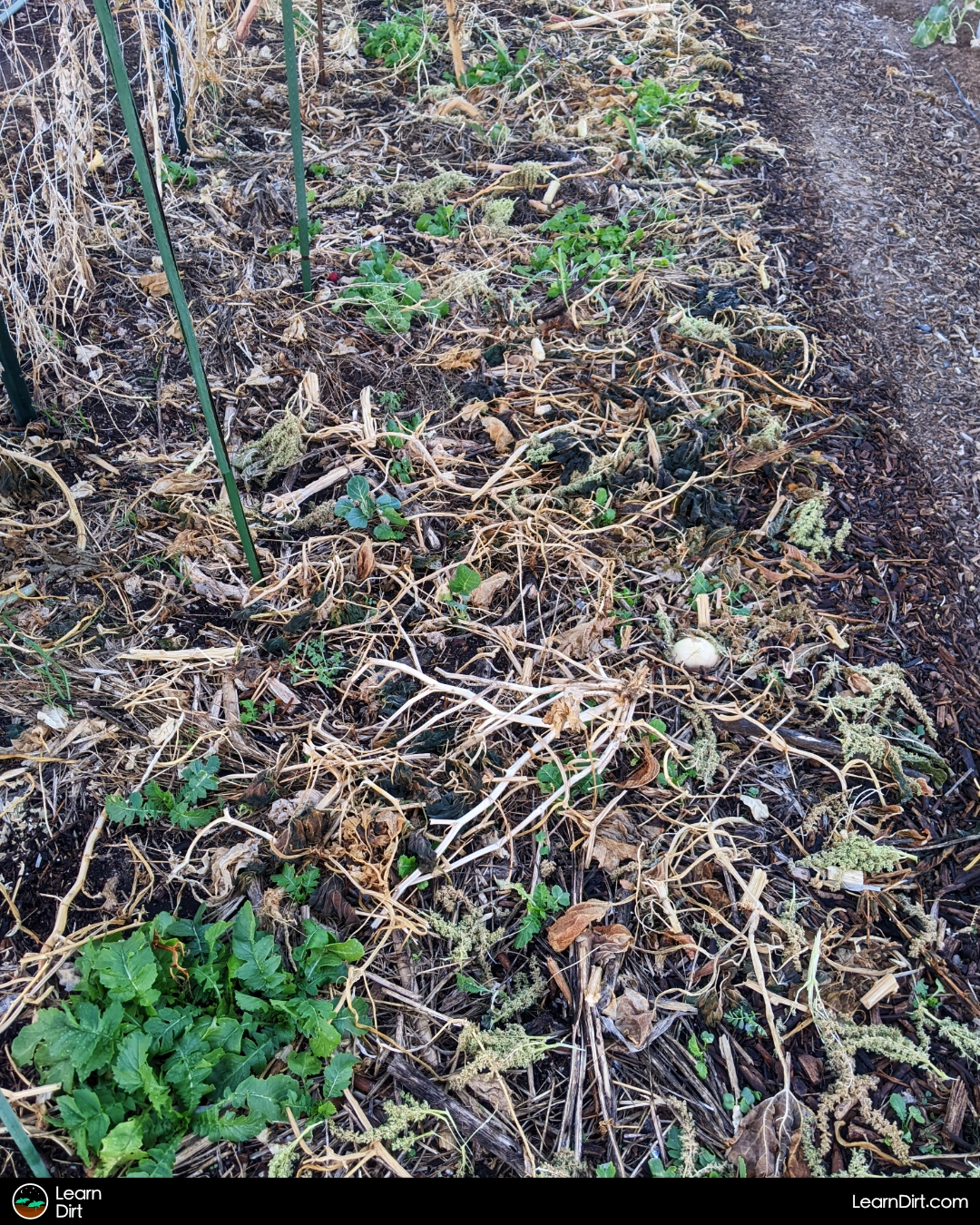
Save Time & Money
I've listed this one last because it's not a great primary reason to choose one management methodology over another.
It's definitely worth emphasising though that not tilling soil absolutely will save you time and money. This is just another great side-effect of reducing your tillage.
How Does No-Till Gardening Work?
Garden trimmings and prunings are chopped and dropped in place as mulch, rather than sent to the compost pile.
This creates a blanket of mulch which covers and protects the topsoil and delicate microbiome from direct sunlight, erosion from wind and rain, locks in moisture and reduces evaporation.
This mulch layer is never tilled into the soil, but instead remains on top and can be pulled back during planting. It can also be directly planted into.
The mulch layer also helps protect seeds and seedlings from birds and other critters while they sprout.
Dig Cool Merch?
Over time, the mulch layer breaks down into new soil, which is again covered with trimmings and old plants and the cycle repeats.
How to Start a No-Till Garden
To get started, picture a forest biome where leaves and sticks litter the ground in various stages of decomposition.
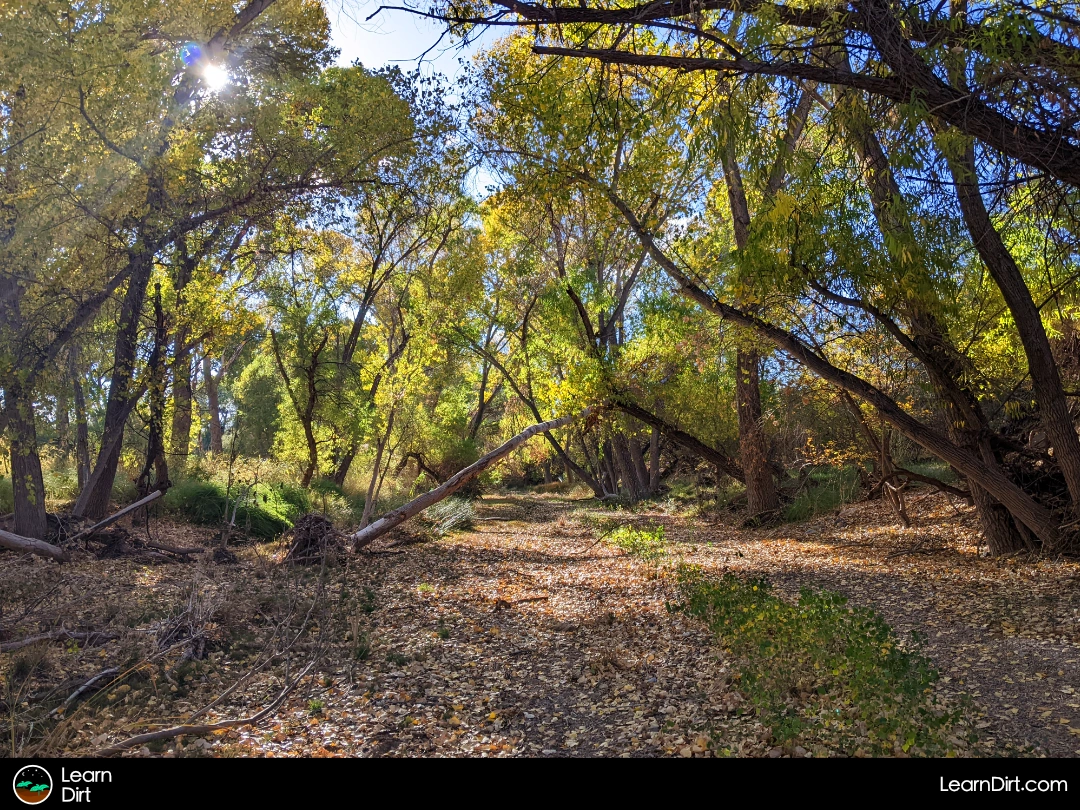
In this environment, soil is often well-covered with both living mulch and this decomposing mulch layer.
Nutrients are recycled straight into the topsoil throught this compost-in-place and no separate compost bin is needed.
Seeds still sprout, seedlings break through the mulch layer just fine, and plants thrive.
Soil is never tilled, yet its rich black humus and incredible quality are undeniable.
Hold this image in your mind for how you'd like your garden to function.
Let plants, leaves, trimmings, and seeds fall where they may.
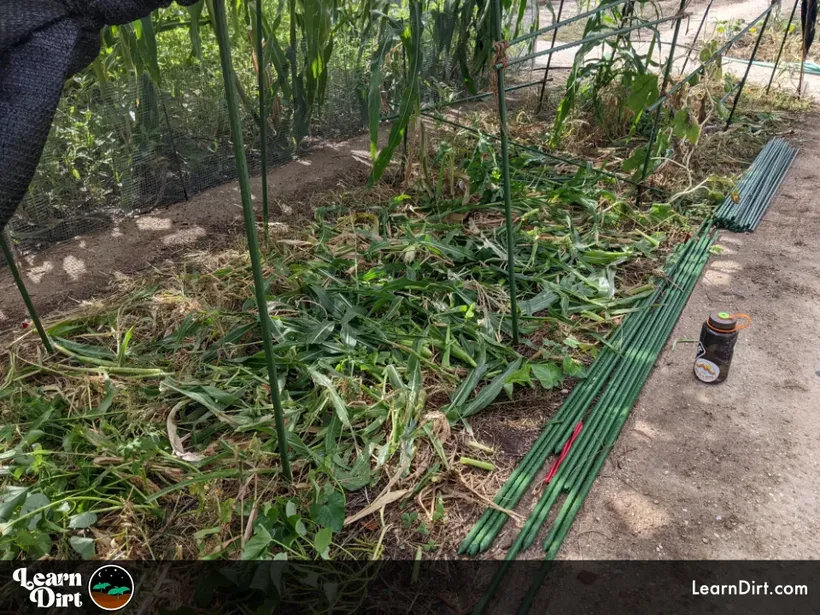
You can still dig into the soil to plant, but you never turn the soil or remove the crop residues.
Let these layers of plant material feed the decomposers in the soil, and watch as your soil quality, fertility, texture, tilth, and structure tranform over a few years of not tilling.
No-Till Gardening Methods
Let's look at some specific methods and supplies you can use in your no till garden:
No-Till Cover Crops
Cover crops are such an important piece of the puzzle if you want to build healthy, fertile soil over time the no-till way.
They provide a ton of organic biomass to chop and drop as mulch, and decompose back into your soil.
The result is a net positive for both carbon and nitrogen (if you choose nitrogen-fixing cover crops) which contribute to a new layer of topsoil after decomposing in place. No tillage required!
Cover crops can also be used to help break up compaction, replacing a common use case for tillage. Try a tillage radish (like daikon) and sweet potatoes if your soil is compacted, rather than till it to pieces.
A broad fork is also a fine option to loosen soil with minimal disturbance.
Curious which cover crops to grow for no till? Check out our guide on choosing your cover crops.
No-Till Gardening Tools
While you wont need a tiller, you might want a few of the following to help you on your no-till journey:
No-Till Raised Beds
If you're interested in building your own raised beds for no-till, check out our raised garden bed plans.
No-Till + Regenerative Gardening
No-till is one concept which fits into the larger regenerative gardening paradigm.
'Regenerative' refers to soil health, reversing soil degradation, and improving soil health over time.
Reduced tillage is a critical pillar of this paradigm, as no till can have substantive effect on soil health in just a few years time.
If you'd like to learn more about regenerative gardening and how no-till fits into this mindset, check out our Intro to Regenerative Agriculture
That's all for now, thanks for reading!
If you have any questions, comments, or would like to connect with fellow gardeners, head on over to the forum and post there.


